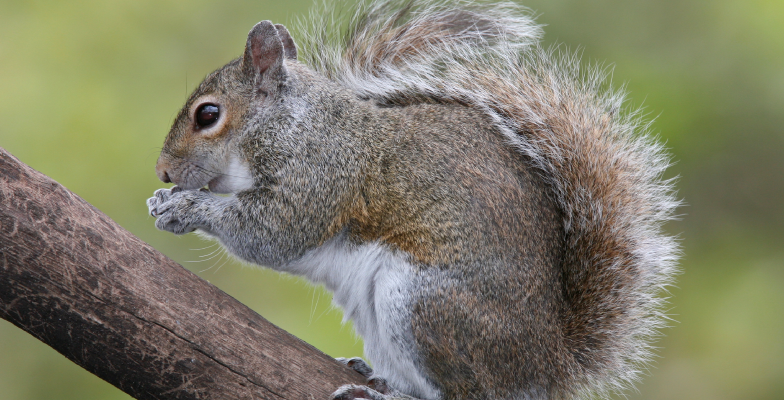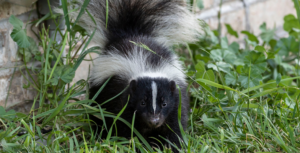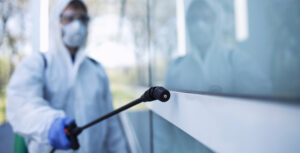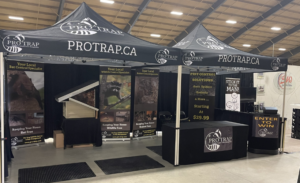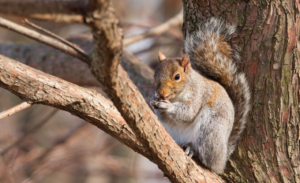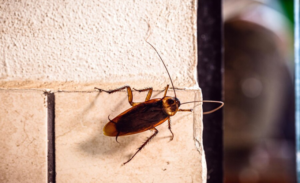Squirrels, rats, mice, and other wild animals can be big-time pests during the winter season. Mainly because of the cold temperatures outside forcing them to find the warmth and comfort in your home. It’s not like you have an entrance made for all the wildlife to welcome them into your home. Instead, wild animals are notorious for damaging the structure of your home, and can even spread dangerous diseases. For the safety of your home and the people inside it, it’s essential to seal up any openings that they could use to get inside.
Here are a few ways wildlife could break into your home, and the entry points they could use:
- Chimney
- Doors
- Roof Vents
- Fascia
- Damaged Shingles
- Construction Gap
- Crawl Space
